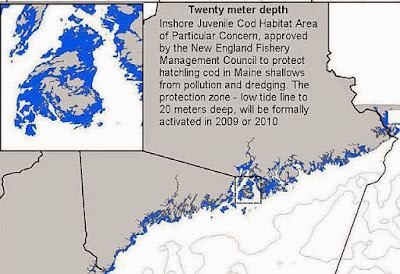On March 29, 2016 the Rockland Planning Board reviewed amended, then approved the latest draft of proposed changes to two ordinances sections to set standards that Big Gas or any other power-generator wannabees would have to meet if they wanted to set up in that city. The drafts will be considered twice by the city council Listen below by clicking on the meeting links.
PDF copies of draft ordinances used at the meeting draft chapter 16 draft chapter 19
Audio of 3/29/16 planning board meeting meeting
Sections
Intro and Chapter 16 Site Plan Review
2. Chapter 19 emissions changes sec 19- sec 302 to 19-309
2A Full 39 min emissions section chapter 19 Sec 316 air emissions, dust, fumes water vapor 39min30sec (Emissions are a hugely import part of this)
More to come(Noise)
Notes:
(1) *One chapter 16 change the PB adopted was based on my urging them to add notifying the abutting townswhen applications recvd to the first paragraph - not just abutting property owners. Ended up adopting notifying the county about proposals for utility scale gasplants - they would have to deal with emergency management if it blew or otherwise required evacuation disaster response etc With the understanding that the county would sent the notifications, if any, to Rockland's abutting town's emergency planners.
(1) Some of the board members said that they felt the proposed changes to Zoning and Performance Standards were stringent enough to deter most would be gas burners especially those unwilling to be smaller and meet tighter limits than they'd face in other towns. Some thought deter ALL gas wannabees











